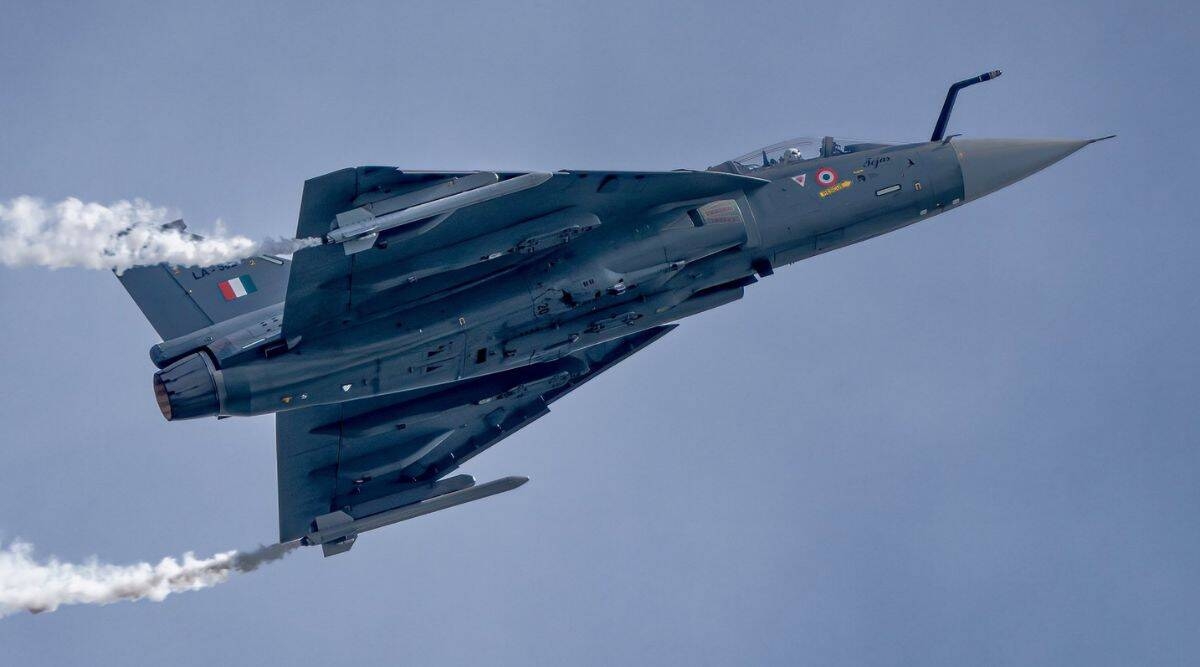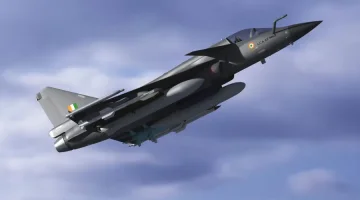- Views: 4K
- Replies: 39

India's ambitious indigenous fighter jet program, the Tejas MkII, is making headway towards its anticipated maiden flight.
While component acquisition and preparation are underway, full-scale assembly of the advanced aircraft is forecast to begin in mid-2025, leading to a potential prototype rollout in early 2026.
Component Sourcing and Assembly Timeline
The Tejas MkII project involves complex coordination of domestic and international partnerships. Key components such as Long-Range Replaceable Units (LRUs) are being sourced from various suppliers, showcasing the project's global supply chain.While this international collaboration offers access to cutting-edge technology, the procurement process for certain domestically manufactured components, specifically some fuselage parts, has experienced delays. These essential elements are now expected in late 2024 or early 2025.
Despite minor setbacks, the overall assembly process remains on schedule.
The assembly jig, a fundamental framework for aircraft construction, will be established later this year. This vital milestone will pave the way for initial assembly stages, but full-scale activity is projected to commence around mid-2025.
Prototype Rollout and First Flight Projections
The Tejas MkII prototype's official unveiling, or rollout, is tentatively scheduled for early 2026. This highly anticipated event will signal a significant step in the project's evolution. However, pinpointing an exact rollout date depends on the timely arrival of parts with extended manufacturing lead times.The Tejas MkII's first flight, a landmark moment, is currently estimated for 2027. This deliberate timeline underscores the intricate testing, integration, and calibration required of all aircraft systems to ensure safety and optimal performance.
Significance of the Tejas MkII
The Tejas MkII represents a cornerstone in India's drive for self-reliance in defense technology.This 4.5 generation fighter boasts enhancements over its predecessor, including a more powerful engine, advanced avionics, and an Active Electronically Scanned Array (AESA) radar.
These upgrades position the Tejas MkII to serve as a backbone of the Indian Air Force, gradually replacing older fleets like the Jaguar, MiG-29, and Mirage-2000.
Conclusion
The Tejas MkII development is a complex endeavor with substantial implications for India's aerospace industry and national defense.While hurdles and adjusted timelines are inherent in projects of this magnitude, the overall trajectory signifies steady progress toward the fighter's rollout and eventual integration into the Indian Air Force.

